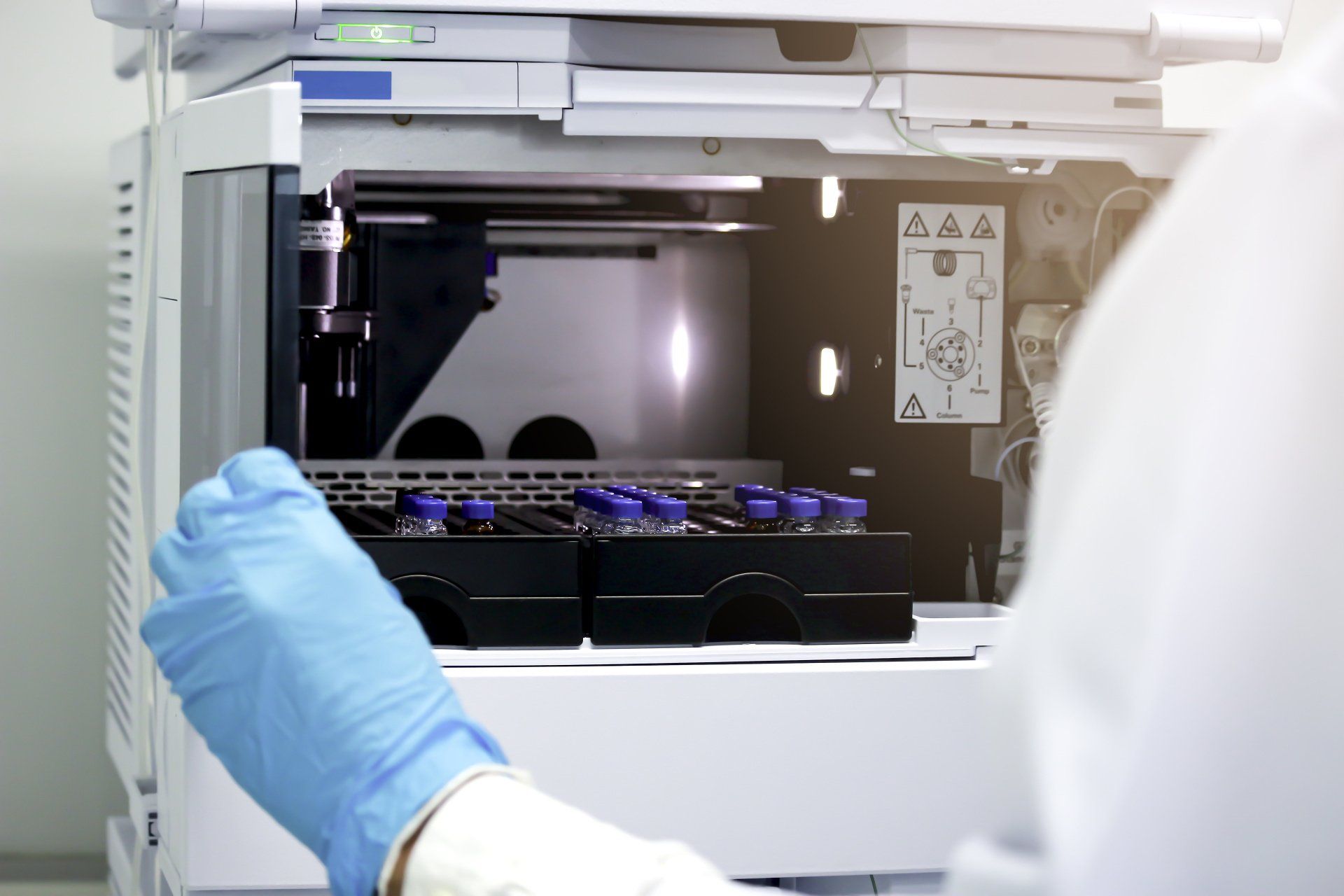About HPLC
How Does HPLC Work?
Ready to get started?
Contact us today at (617) 812-9013
What Are Common HPLC Applications?
Components of HPLC Instrumentation
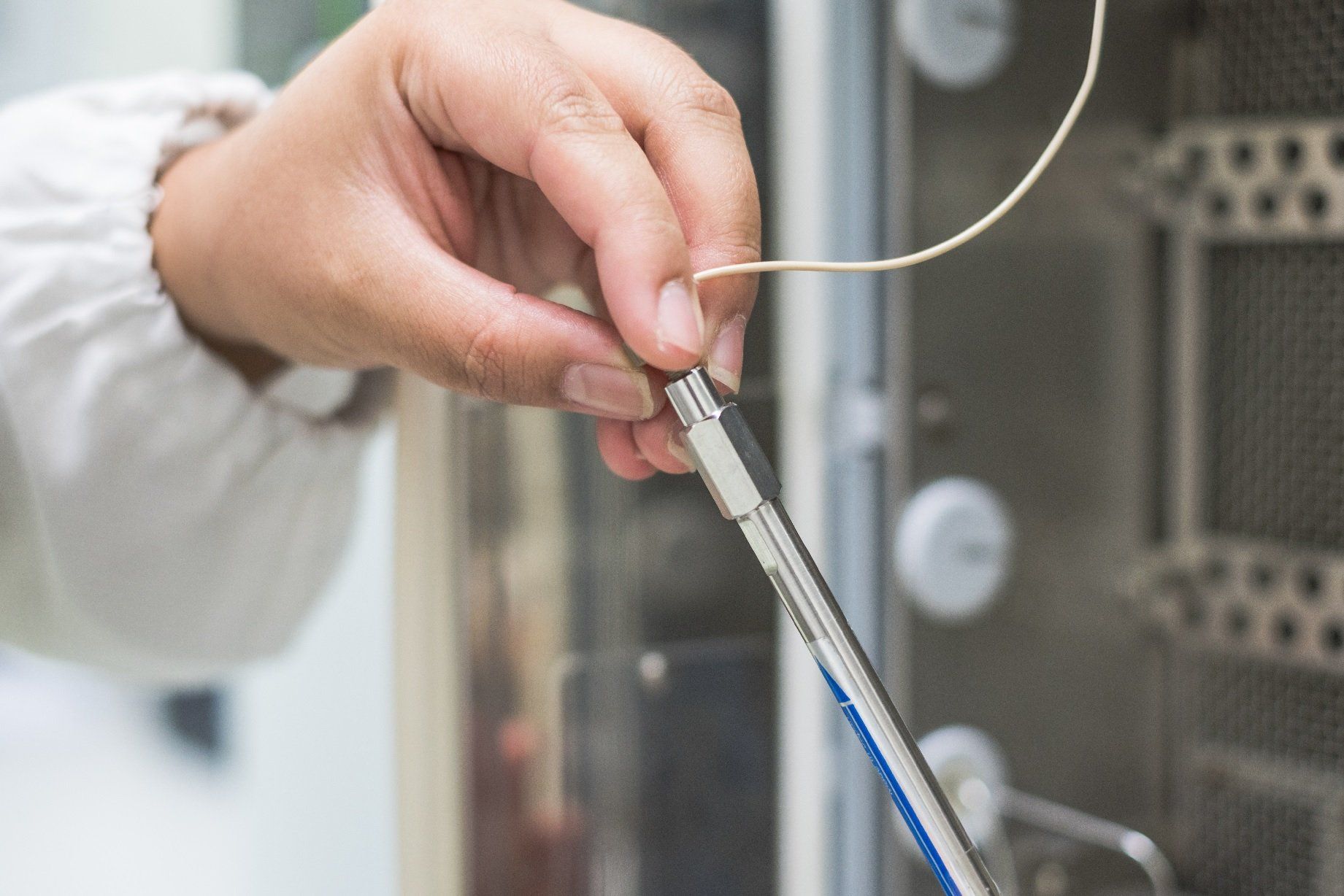
HPLC Column
Compact in nature and made from a variety of substances, mainly silica, the HPLC column is known as the stationary phase of HPLC. The carbon chains that are functionalized by the silica particles become longer the more apolar they are. C18 columns are commonly used, these are columns with 18-carbon chains.
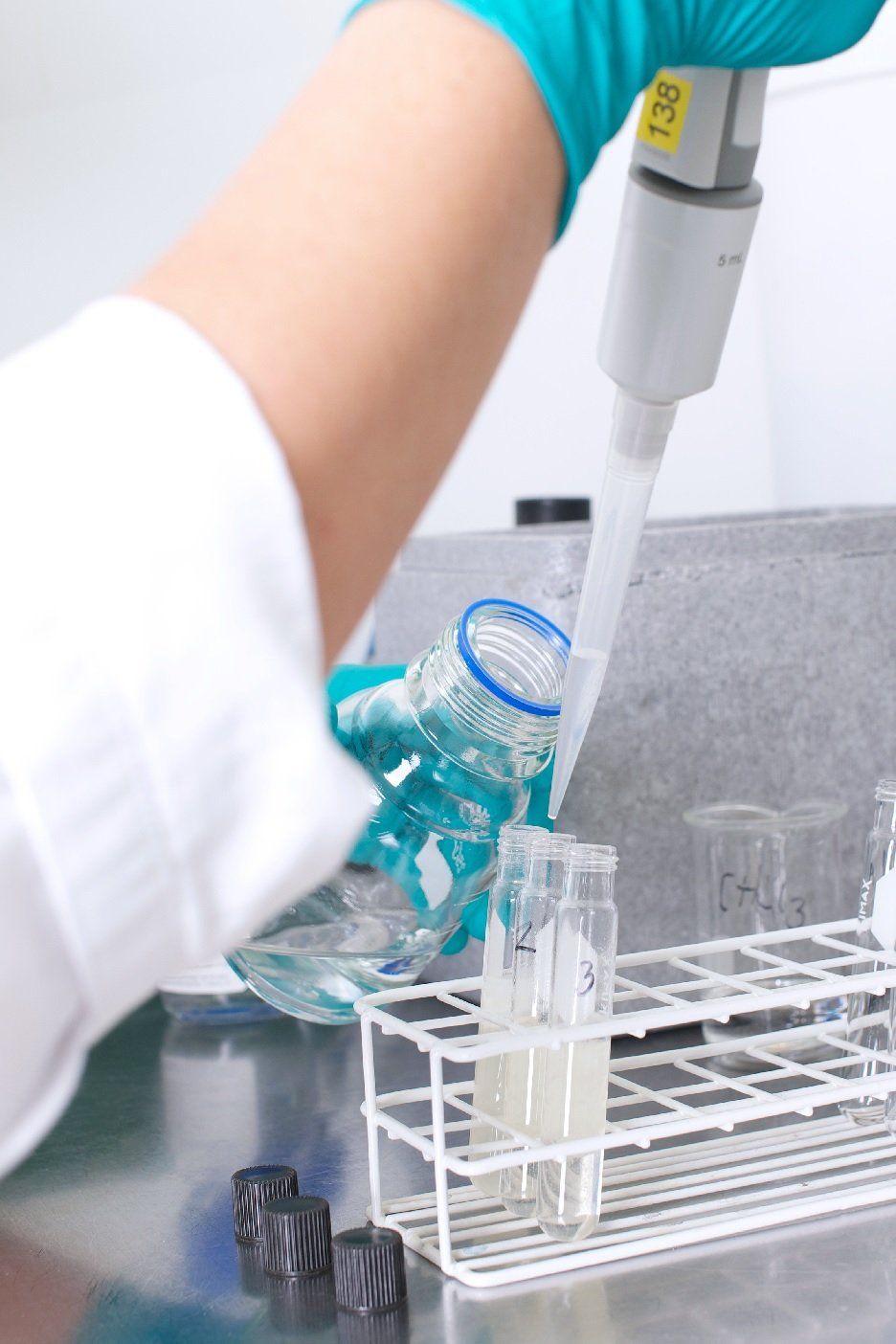
HPLC Sample
HPLC can be used to identify the compounds in biological specimens like urine, muscle, saliva, and blood. It can also be used in environmental microbiology to identify toxins in bacteria, and medicinal chemistry in drugs detection. These sample types, or the compounds being assessed can vary.
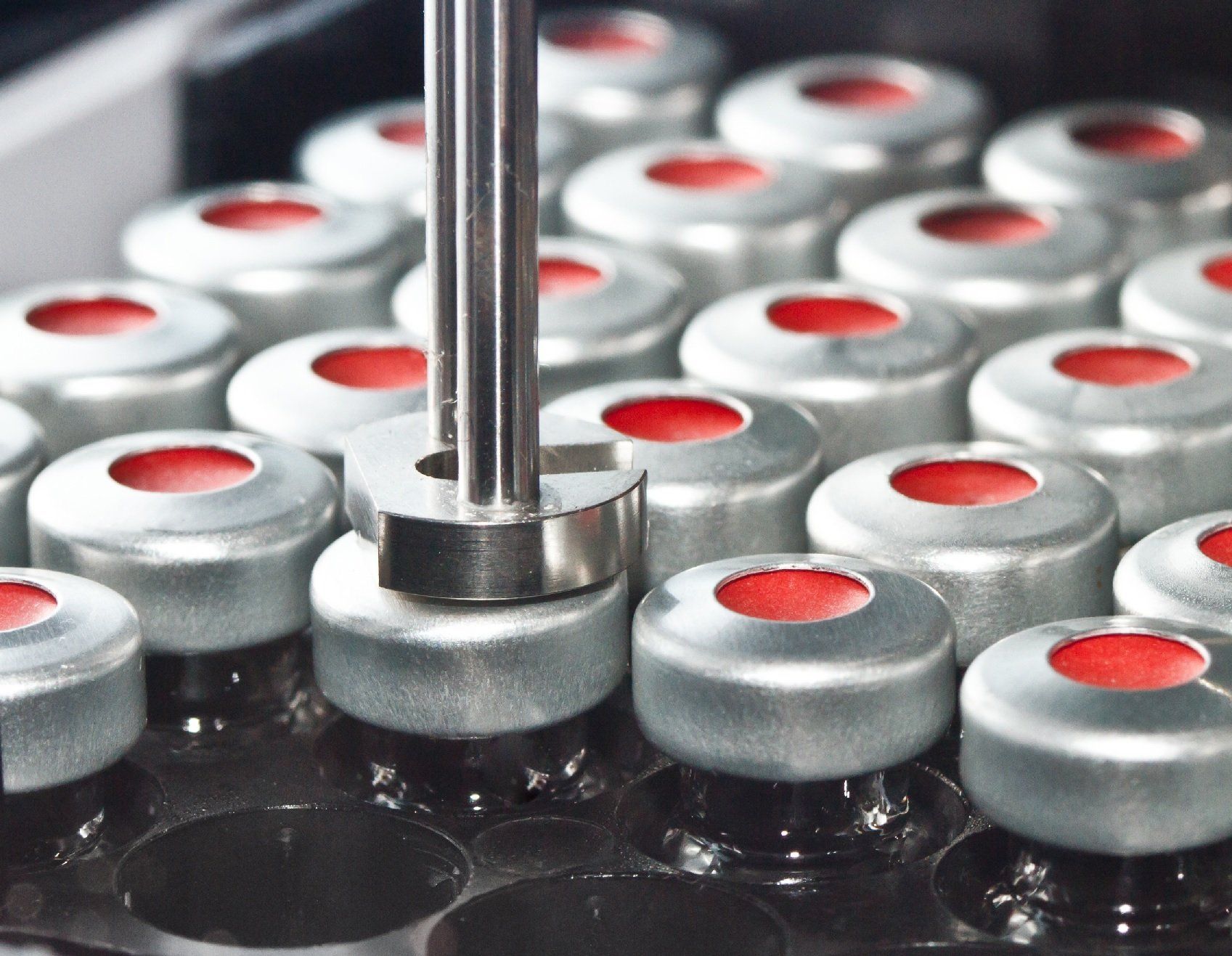
Sample Injection
Once you determine your sample, it is injected into the column. Automatic injection allows for higher throughput. The software in HPLC equipment allows you to automate your samples in terms of how much and in what order they should be injected, making the process more efficient.
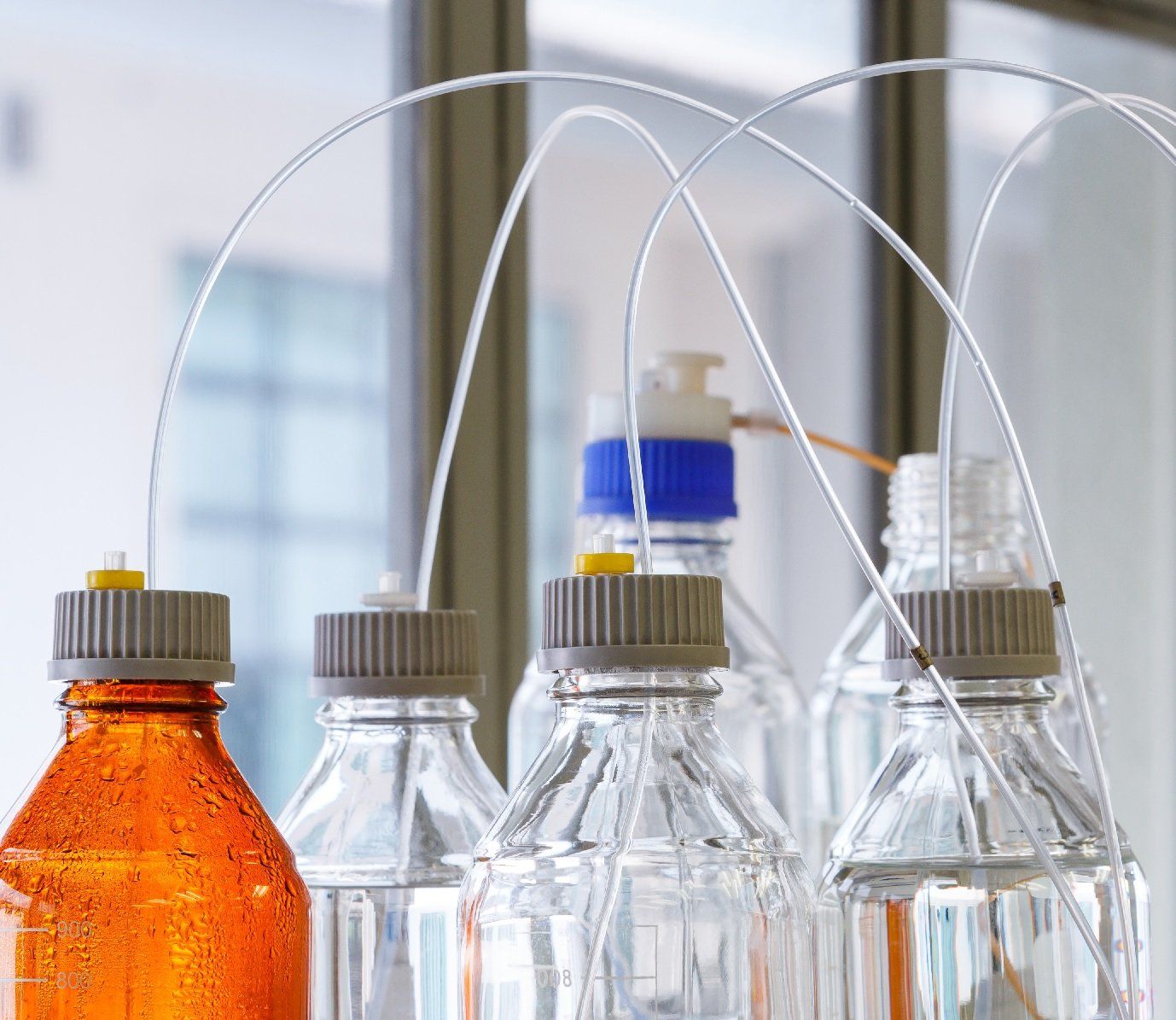
Mobility Phase
The mobile phase can be comprised of a mixture of a polar solvent such as water and an organic solvent. It is referred to as the mobile phase because this is the part of the process that moves through the column as it flushes the compounds from the column.
These compounds can be eluted (flushed out) along a concentration gradient along the duration of the method. This means that the percentage of the polar solvent in the mobile phase is decreasing over time as the percentage of apolor solvent is increasing.
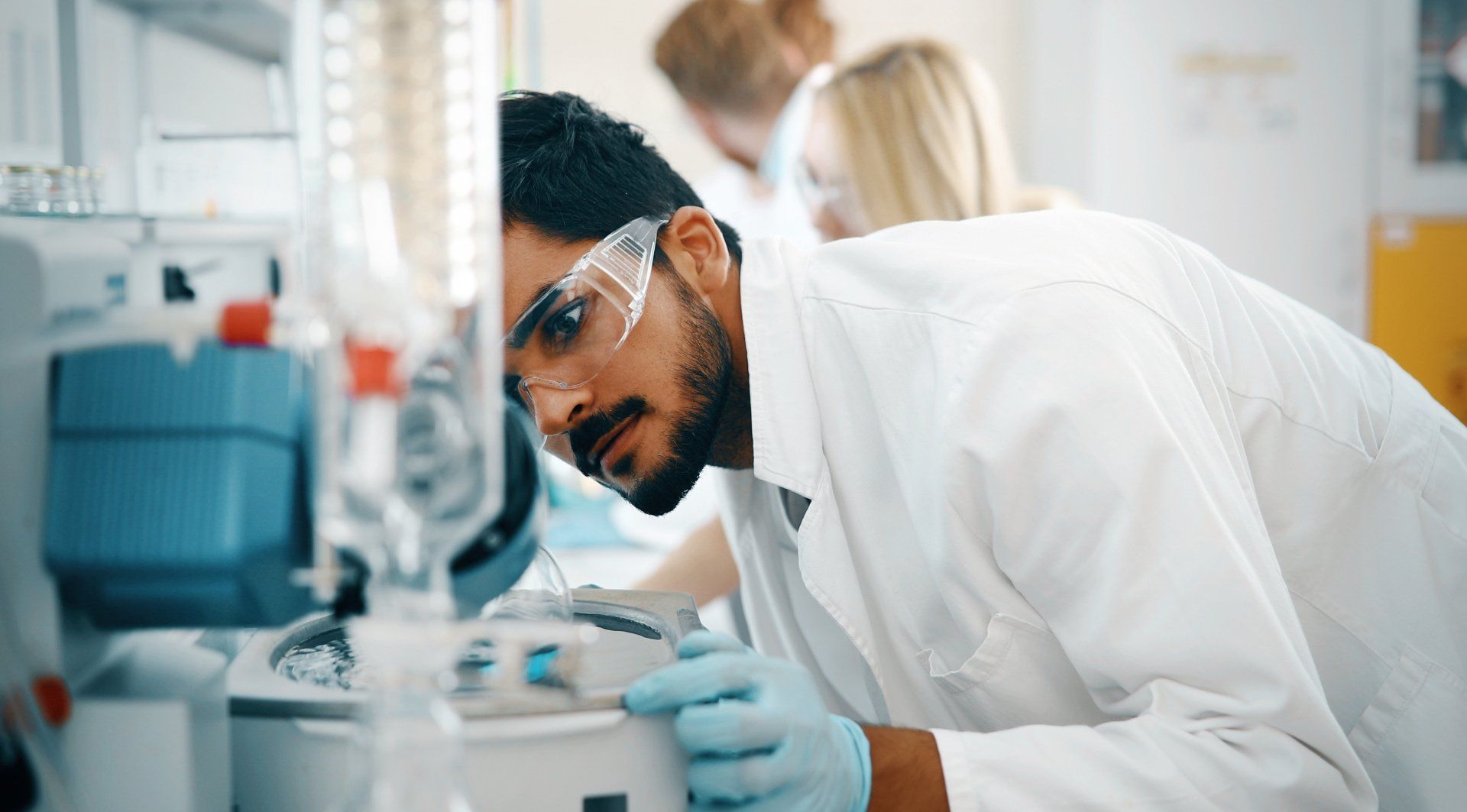
HPLC Run
The most commonly used HPLC method is reversed-phased (RP-HPLC). This method separates the compounds beginning with the most polar and ending with the most apolar compounds.
Juggling is for Circuses.Are you focusing on too many things & not on your science?
What Are the Advantages of HPLC?
What is a HPLC Output?
The output is the result of the HPLC run. The result is displayed as a horizontal series of peaks that represent the compounds analyzed in the column. With detectors such as a diode array (DAD) detector or ultraviolet (UV) detector, you can look at the chromatogram of the separated compounds in wavelengths to determine what they are.
What is HPLC?
HPLC Questions
We will get back to you as soon as possible
Please try again later
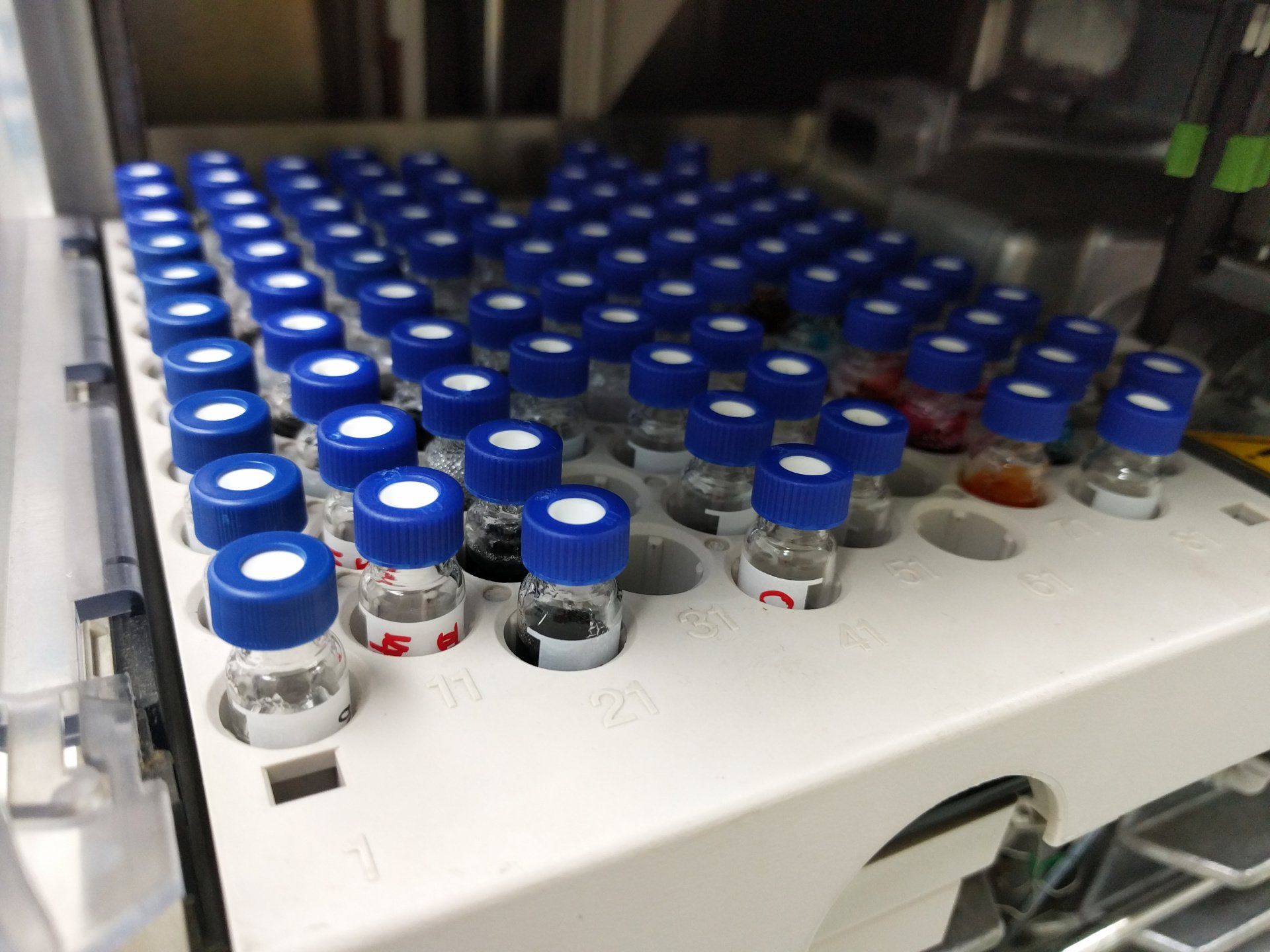
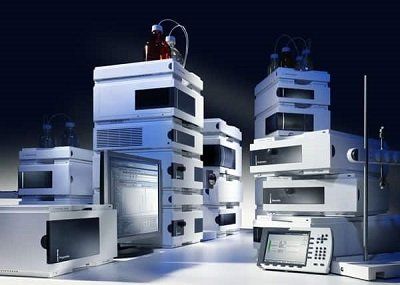
Subscribe To Our Newsletter
We will get back to you as soon as possible.
Please try again later.

